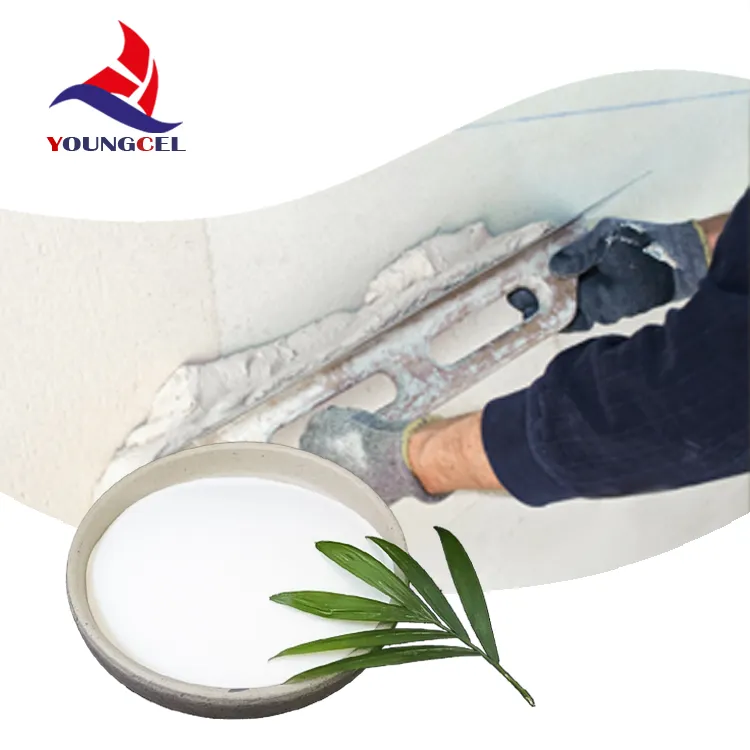The Role of Cement Additives in Modern Construction
Cement additives play a crucial role in the construction industry by enhancing the properties of cement and improving the overall performance of concrete. As one of the most widely used building materials worldwide, the demand for cement additives has surged, driven by the need for high-performance materials that can withstand the challenges posed by modern construction requirements.
Cement additives can be classified into two main categories chemical and mineral additives. Chemical additives are typically substances added to the cement mix to modify certain characteristics, such as workability, setting time, and strength. Common chemical additives include plasticizers, superplasticizers, retarders, and accelerators.
Plasticizers improve the workability of concrete without increasing the water content, allowing for a more fluid mix that is easier to work with. Superplasticizers take this one step further, enabling the creation of high-performance concrete that maintains its workability even with significantly reduced water content. On the other hand, retarders slow down the setting time of concrete, which is particularly beneficial in hot weather conditions, while accelerators hasten the setting process, useful in cold conditions or when quick turnaround times are required.
Mineral additives, on the other hand, include materials such as fly ash, silica fume, and metakaolin. These materials are often by-products of industrial processes and offer a sustainable option for enhancing cement performance. Fly ash, for example, is produced from the combustion of coal in power plants and can significantly improve the durability and strength of concrete. It helps reduce the permeability of concrete, making it more resistant to chemical attacks and thereby prolonging the lifespan of structures.
cement additives

The advantages of using cement additives extend beyond performance traits. Utilizing such materials can also lead to cost savings and promote sustainability in construction. For instance, the incorporation of industrial by-products like fly ash and slag can reduce the amount of Portland cement required, thus lowering energy consumption and greenhouse gas emissions associated with cement production. In an era where sustainability is becoming a priority, cement additives offer a remarkable way to meet environmental goals while maintaining high construction standards.
Moreover, the use of cement additives can significantly impact the workability of concrete. The right combination of chemical and mineral additives can lead to improved flow characteristics, enabling easier placement in complex molds and shapes. This adaptability is particularly useful in modern architectural projects that experiment with innovative designs and techniques.
However, the selection of appropriate additives requires careful consideration of factors such as the environment, the specific properties desired in the concrete, and the overall cost. Each project may demand a unique combination of additives to achieve optimal results. Therefore, collaboration between engineers, architects, and material scientists is essential to tailor the best solutions for each construction project.
In conclusion, cement additives are indispensable in modern construction, offering a pathway to enhanced performance, sustainability, and economic efficiency. As research continues to evolve in this field, the opportunities for innovation grow, promising a future where the built environment can meet the challenges posed by climate change and infrastructural demands. Embracing these advancements will be paramount for the construction industry to thrive in a rapidly changing world.




